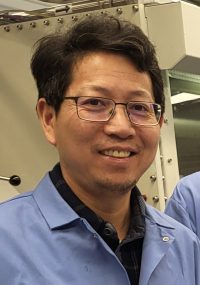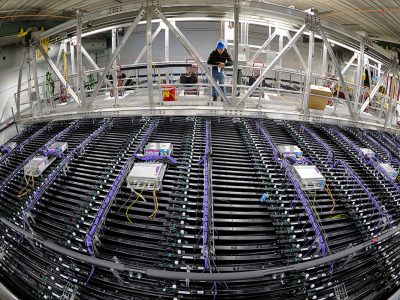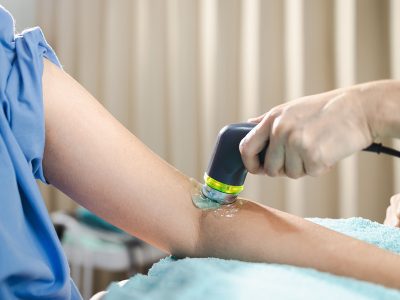Five mechanical and aerospace engineering doctoral students are working at the forefront of research in one of the future’s booming industries: energy storage, new battery technology and creation of the supply chain and workforce support that an increasingly electric- and solar-powered world will need.
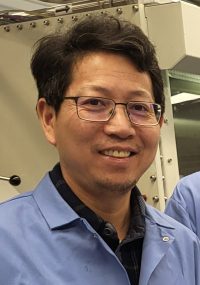
Their hands-on training is underway in the lab of noted expert Quinn Qiao, professor in the College of Engineering and Computer Science. Qiao directs the Center for Solid-State Electric Power Storage, one of three National Science Foundation (NSF)-supported collaborative research energy storage centers.
That center played a huge part in the University’s recent naming as a core partner in the Upstate New York Energy Storage Engine, one of 10 inaugural projects funded by the NSF. Hosted by nearby Binghamton University, the project aims to make upstate New York “one of America’s battery hubs.” It brings $15 million now and potentially up to $160 million total to supercharge growth and cutting-edge research. Its goal is to establish sites that produce new battery componentry, conduct safety testing and certification and manufacture, integrate applications and support workforce development. New forms of battery power and energy storage technologies are considered critical to the nation’s clean energy transition.
Qiao will conduct training activities and collaborate with international industry partners and local economic development agencies and governments. He’ll also coordinate with existing entrepreneurship programs for technology transfer and commercialization activities and plan training for students from primary to graduate school and for local industry employees.
New Space
Qiao’s lab is housed in expansive new facilities in Link Hall that is filled with sophisticated and state-of-the-art equipment. The space is part of an extensive renovation designed to accommodate the college’s anticipated 50% growth over the next five years, as outlined in the University’s academic strategic plan, “Leading With Distinction.” That leap is being driven by emerging technologies in energy storage, computer chip and sensor manufacturing and other technology innovations that are leading new job growth in the Syracuse area.
Five-Student Lab
Students working with Qiao are Hansheng Li, Madan Bahadur Saud, Muhammad Bilal Faheem Sattar, Yuchen Zhang and Poojan Kaswekar.
Li tests lithium-rich cathodes in coin batteries aiming to speed synthesis processes to achieve batteries that can store more energy in the same physical space. He is working to produce materials faster and to lower the costs of production by using microwavereactors to accelerate the rate of synthesis and to monitor temperatures and pressures to observe how varying conditions affect the rate and yield of synthesis.
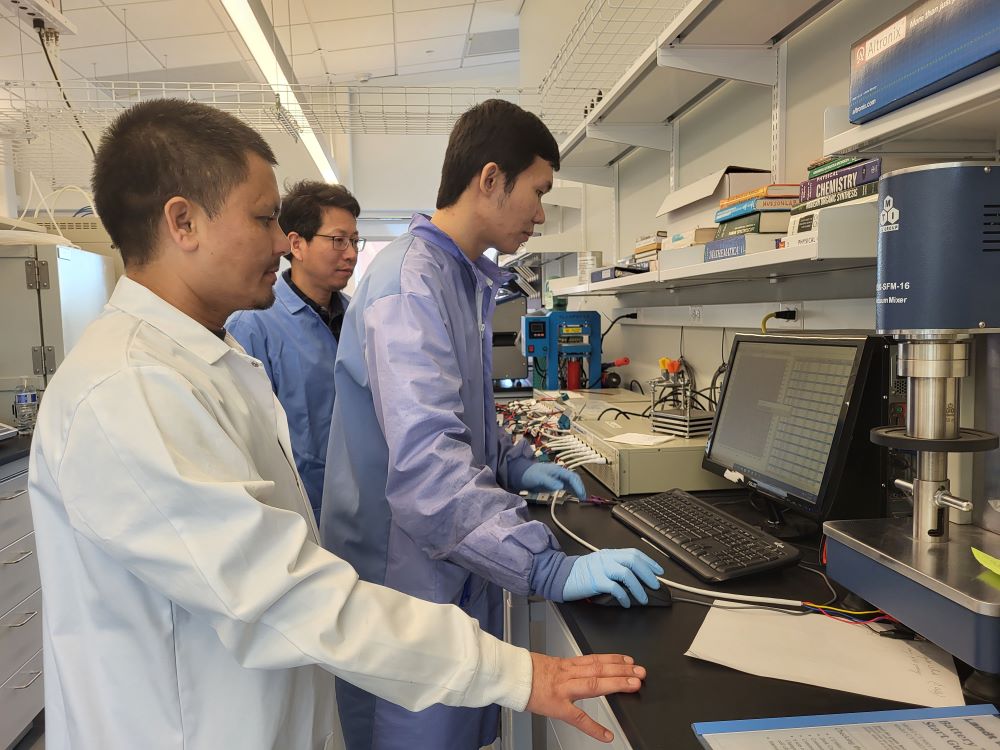
Over three years in Qiao’s lab, Li developed testing techniques and methodologies that have strengthened his preparation for a future either in industry or academia, he says. Still, his research hasn’t come without challenges, providing “a mix of pain and gain somehow,” he adds. “You’re not going to have results come out as you’re expecting them to each time, so analyzing the reasons behind those outcomes and proposing how to resolve problems is what’s helpful in building up research methodologies.”
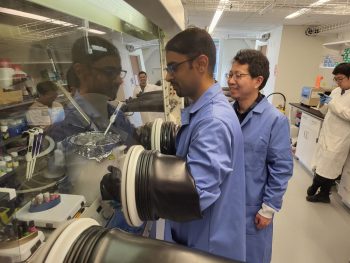
Sattar, who is in his second year at the University, worked three years in China before coming to the U.S. His research focuses on the chemical composition of batteries to see how they can be made more environmentally friendly. He also studies nanoscopic photochemical changes that drive instabilities in perovskite semiconductors used in solar cells, light-emitting diodes (LEDs), photodetectors, lasers and other technologies, including solar panels and photo-rechargeable lithium-ion batteries.
He enjoys the lab’s collegial nature and his professor’s “24/7 availability,” and is pleased at the high degree of professional activity he has experienced, he says. Sattar presented at last summer’s American Chemical Society (ACS) conference and at the 2024 American Physical Society (APS) March meeting in Minnesota. He has also been able to publish in scientific journals.
Third-year doctoral student Zhang works with an atomic-force microscope on nanoscale imaging and on mapping thin film organic solar cells and perovskite solar cells for nanoscale measurements.
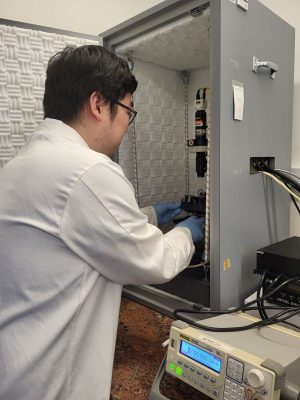
“What I’m doing is world-unique, and no other universities can do it, so I’m very glad I have the opportunity to work here,” he says. Zhang imagines an industry career as a researcher, scientist or engineer, but is also open to an interesting postdoctoral position at a university or national laboratory.
Saud is a third-year Ph.D. student who previously taught secondary-level science in government schools in his home country of Nepal. He is working to develop a solid-state battery to meet the high energy demands of the electric vehicle and grid-scale storage sectors. His goal—and he admits it’s not an easy task—is to create an energy-dense, safer, longer-lasting solid-state lithium metal battery.
To do that, he replaces the liquid electrolytes in current batteries (which can sometimes be flammable) with a non-flammable solid electrolyte. That involves synthesizing a solid electrolyte, characterizing it, measuring its ionic conductivity, testing its stability with Li-metal anodes, then fabricating a full solid-state battery.
He has been able to synthesize a novel sulfide electrolyte that has a significantly higher critical current density at room temperature, he says. He is also working to increase the capacity retention in full solid-state batteries at higher current density. It’s a goal he hopes to achieve before he graduates in 2025.
The battery field is interesting for a researcher now, Saud says. Recognizing the hard work of his parents to assure his education, he hopes to pay his gratitude forward to help others. “The field does require basic knowledge in electrochemistry, but it offers a lot of research scope for a student who is energetic. As society transitions toward a more sustainable and electrified future, developing a new battery technology is a good way to contribute to the world.”
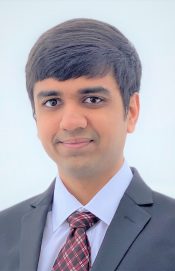
Kaswekar, also in his third year, focuses on developing lead-free perovskite solar cells, which have significant cost advantages over conventional solar cells and align with the nation’s clean energy transition. He also works on solid-state batteries and their industrial and commercial applications and nanoscale characterization techniques. He is participating in a study away internship at Daktronics Inc. in South Dakota, supported by an NSF INTERN grant.
He says Qiao “has been an invaluable cornerstone in my pursuit of a Ph.D. He is dedicated to fostering a collaborative and intellectually stimulating environment within our lab and I have grown not only as a researcher but also as a critical thinker under his mentorship.”
